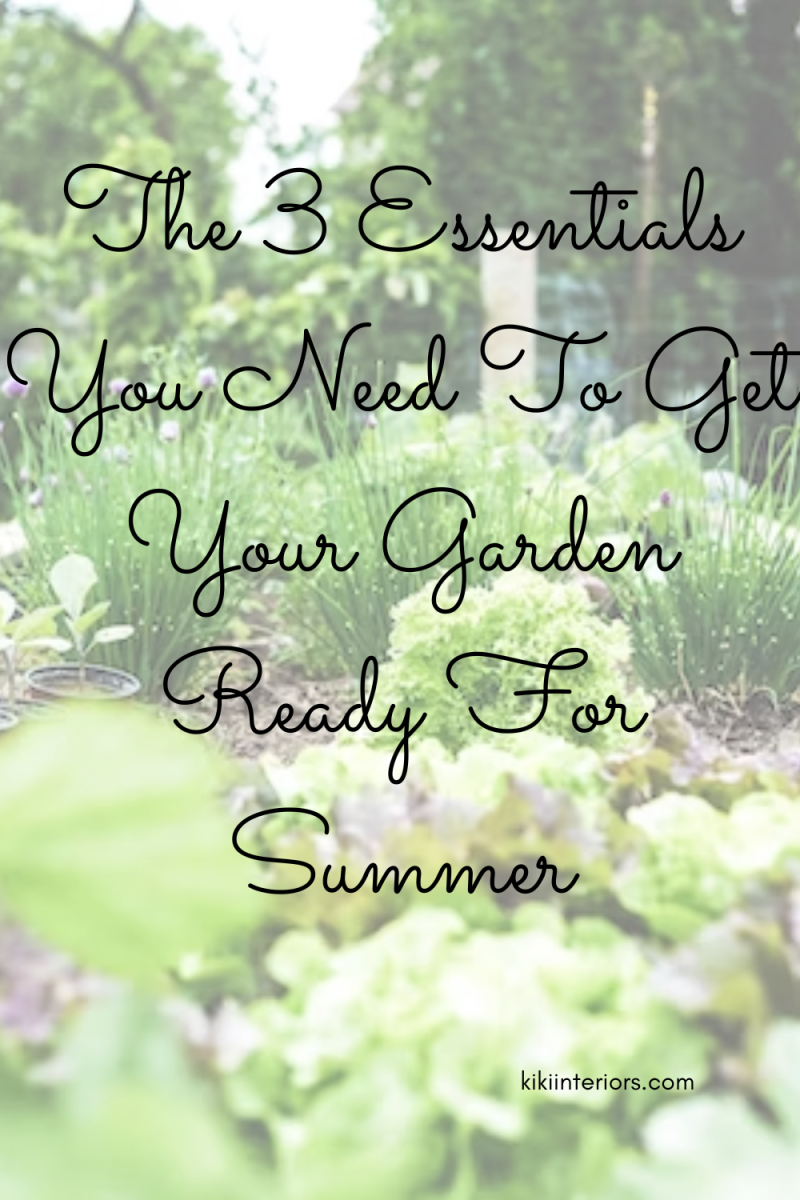
Growing a vegetable garden has so many benefits, including reducing your carbon footprint, eating healthier foods, and having a convenient food source. Gardening has been shown to reduce stress levels, increase mindfulness, and promote feelings of accomplishment.
Whether you are a seasoned gardener or just starting out, gardening has been shown to reduce stress levels, increase mindfulness, and promote feelings of accomplishment. However, preparing a vegetable garden requires careful planning and preparation to ensure a successful harvest. In this article, we will discuss the essential steps in getting your vegetable garden ready for summer.

1 – Prepare the bed
Before starting your vegetable garden, it is essential to clear the garden bed of any weeds and debris that could hinder plant growth. Weeds can compete with your vegetables for water and nutrients in the soil, reducing their yield potential.
To begin, remove all large rocks, branches, and other debris from the garden bed using a rake or pitchfork. Then pull or dig up any visible weeds by hand or use a hoe to loosen them before pulling them out completely.
Once you have cleared the area of weeds and debris, level off the soil surface with a rake to create an even planting surface. You may also want to consider adding compost or organic matter at this stage to improve soil quality and provide necessary nutrients for your plants. This is also a good time to consider what gardening products you’ll need so you can install them now before you begin growing plants.
2 – Choose the right vegetables
Choosing the right vegetables for your garden is essential to ensure a bountiful harvest. There are several factors to consider when selecting which plants to grow.
First, consider your climate and season. Some vegetables thrive in cooler temperatures, while others require warmer weather. Research what grows best in your area during the summer months. You should check your area’s hardiness zone so you can choose the plants that work best where you live.
Think about spacing and layout when planning out where each vegetable will go within the garden bed. Some plants may require more space than others to grow properly and produce their maximum yield potential.
It’s also important to remember that not all vegetables will be successful in every garden setting due to environmental conditions such as pests or diseases.

3 – Think about pests
Pests and diseases can quickly destroy a vegetable garden, so it’s crucial to have an effective pest control plan in place. The first step is to identify common pests and diseases that affect the vegetables you are growing.
Preventative measures such as using companion planting or crop rotation can help reduce the likelihood of pests and disease spreading throughout your garden. Companion planting involves growing certain plants together that benefit each other, while crop rotation involves rotating crops from one season to another to avoid depleting soil nutrients.
Using organic methods like neem oil can be helpful for controlling pests without harming beneficial insects like bees.




